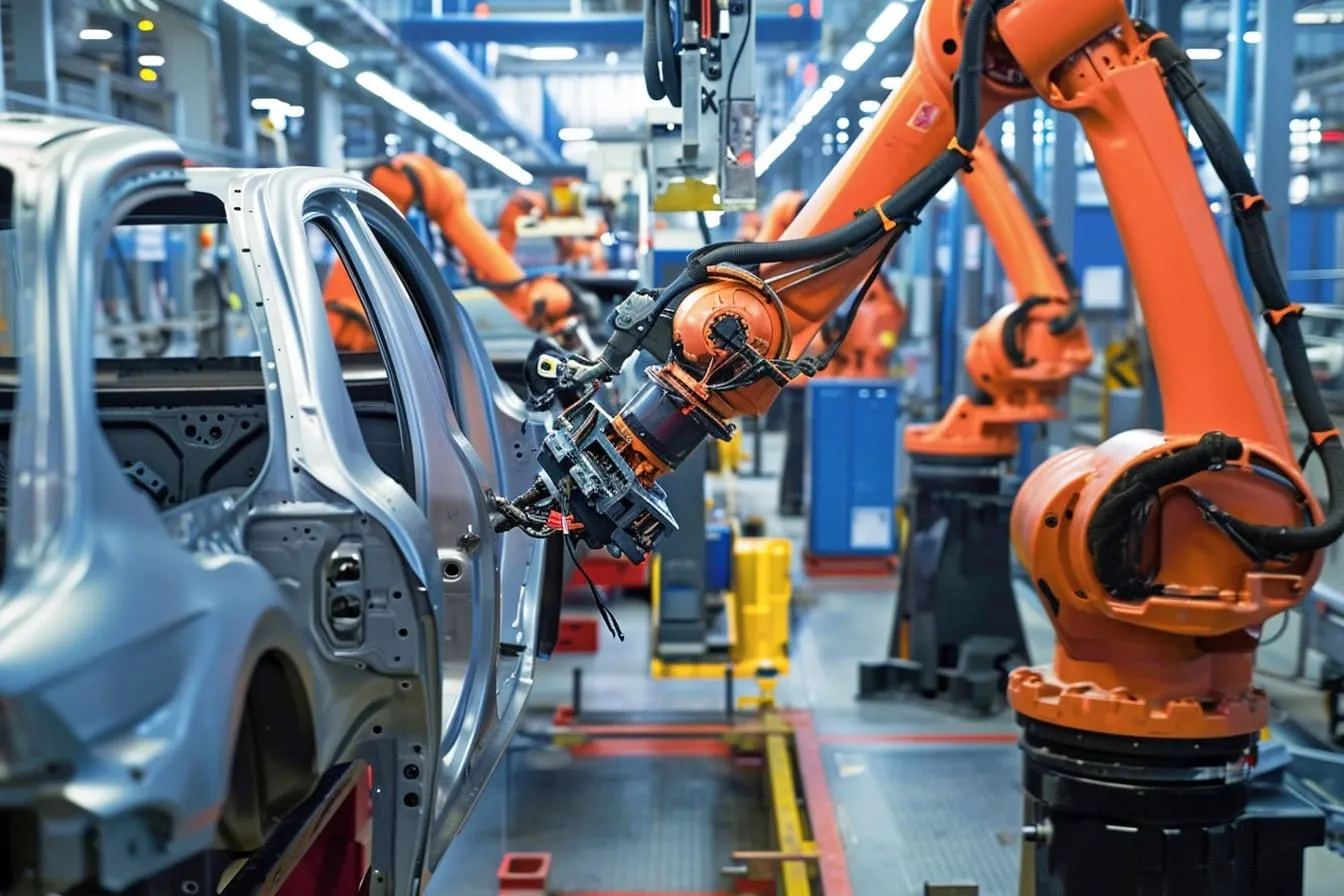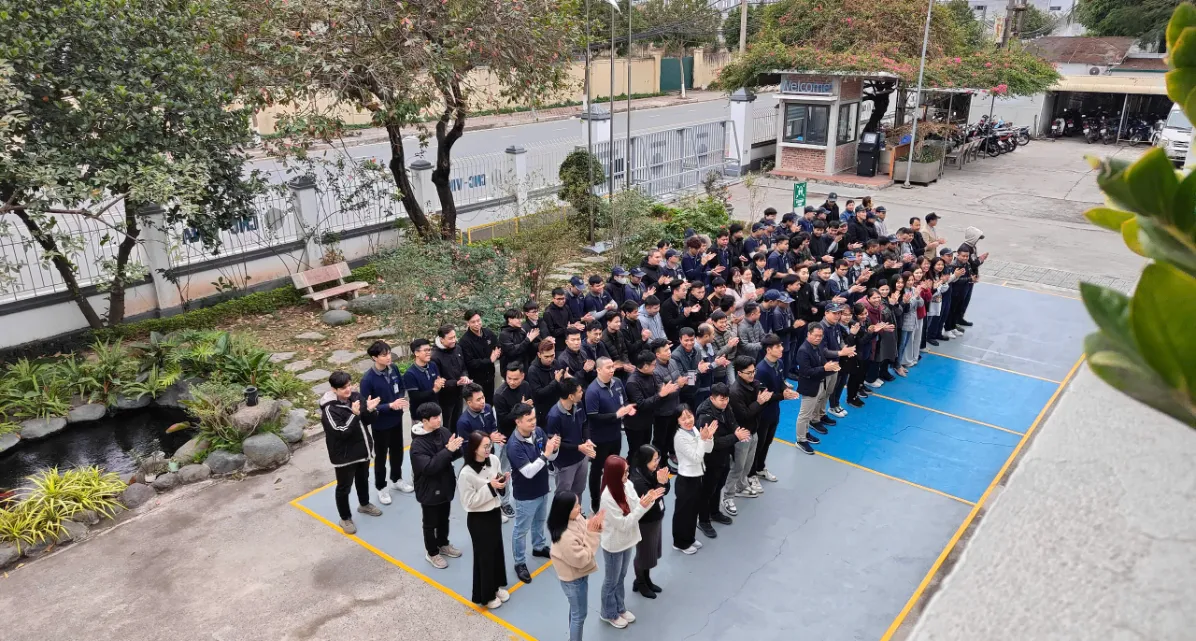Powder coating is a modern painting technology widely applied in various industrial fields such as automotive, electronics, metal furniture, and construction. This technology uses electromagnetic principles to create a tightly adhered paint layer on metal surfaces, enhancing durability, aesthetics, and corrosion resistance of the product.
However, during the powder coating process, several common defects may occur, affecting the quality of the coating and reducing product performance and lifespan. Understanding the causes, impacts, and solutions for these defects is essential to ensure the highest quality for the final product. So, what are the common issues in powder coating, and how can they be resolved? Let’s explore them together with PWP Solution in the article below!
During the powder coating process, several defects may occur that affect the surface quality of the coating. Below are the most common issues and their causes:
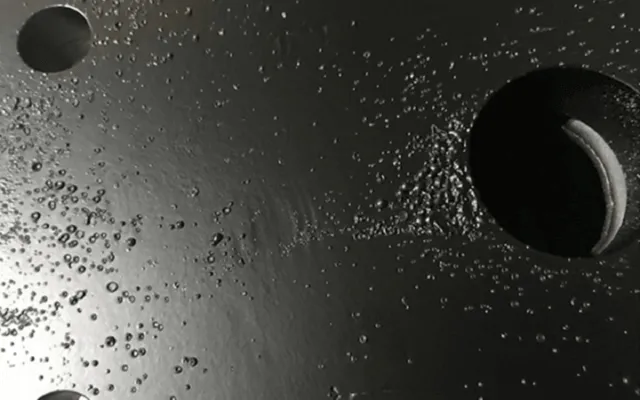
- Cause: This occurs when the coating does not adhere evenly to the surface, creating a rough texture similar to an orange peel. Possible causes include:
Inappropriate paint viscosity.
Unstable compressed air pressure.
Incorrect curing process.
Improper spray distance and angle.
- Impact:
Reduces the aesthetic quality of the coated surface.
Affects the adhesion and durability of the coating.
- Solution:
Control the viscosity of the paint.
Adjust air pressure and curing temperature appropriately.
Modify spraying technique to create a more even coating.

- Definition: This phenomenon occurs when corners or tight areas on metal surfaces are not evenly coated due to the influence of the electric field.
- Cause:
Excessively high voltage prevents the powder from reaching narrow areas.
Complex part design with many sharp edges or recesses.
- Impact:
Uneven paint distribution, leading to uncoated or overly thick areas.
Reduces protective ability of the coating, leading to faster corrosion.
- Solution:
Use specially designed spray guns.
Lower the voltage when spraying hard-to-reach areas.
Adjust spray angles for better coverage.
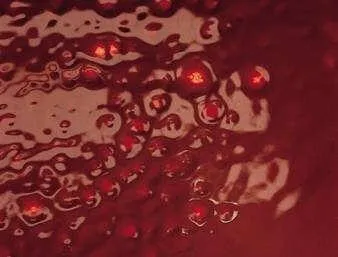
- Cause:
Surface contamination with oil, silicone, or other impurities prevents even adhesion.
Incompatible paint with the metal surface.
Compressed air system contains moisture or oil.
- Impact:
Creates small circular defects, reducing surface aesthetics.
Weakens adhesion, making the paint more likely to peel.
- Solution:
Thoroughly clean the surface before coating.
Use appropriate degreasers or solvents.
Check and maintain compressed air systems to avoid contamination.

- Cause:
Trapped air or moisture in the coating during curing.
Incorrect air pressure.
Coating is too thick, preventing gases from escaping.
- Impact:
Small holes on the surface, compromising coating durability.
Allows moisture and air penetration, increasing corrosion risk.
- Solution:
Control humidity levels in the environment.
Adjust curing process to allow gases to escape before the paint hardens.
Use paint with appropriate viscosity.
Today’s customers demand increasingly high product quality, so allowing these issues to occur can not only damage the product but also the brand’s reputation. Therefore, businesses must pay close attention to every detail to ensure the best possible output.
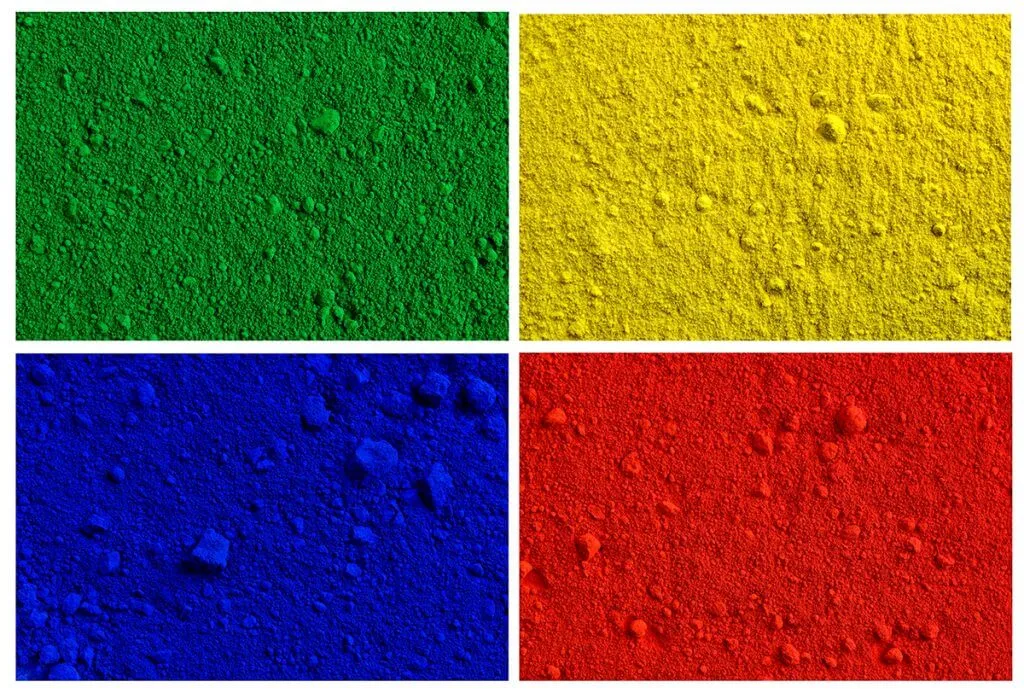
- Importance: The metal surface must be thoroughly cleaned before coating to ensure strong adhesion.
- Preparation Steps:
Remove grease, dirt, and oxidation using sandblasting or specialized solvents.
Inspect the surface under strong light to detect any contaminants.
Adjust Voltage and Air Pressure: Ensure correct settings for even and well-adhered coatings.
Fix Equipment Issues: Regularly check and maintain spray guns, nozzles, and coating booths to optimize performance.
- Equipment maintenance:
Regularly clean and service the coating system to prevent dust and contamination buildup.
Periodically inspect electrical and pneumatic systems for stable operation.
- Quality control:
Apply routine inspections to detect and resolve defects early.
Test products under various conditions to ensure coating meets required standards.
Powder coating is an advanced technology that offers numerous advantages across industries. However, to achieve a flawless finish, special attention must be given to every step of the process - from surface preparation and equipment settings to quality control. Understanding the root causes and solutions for common powder coating defects allows businesses to optimize production, enhance product quality, and reduce repair costs. If you’re looking to implement powder coating solutions or want tailored advice for your products, feel free to contact PWP Solution for quick and professional consultation!
